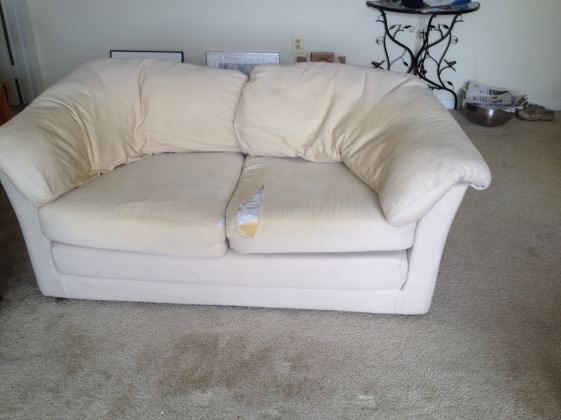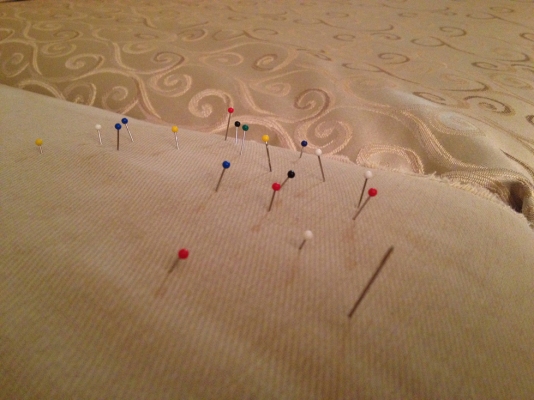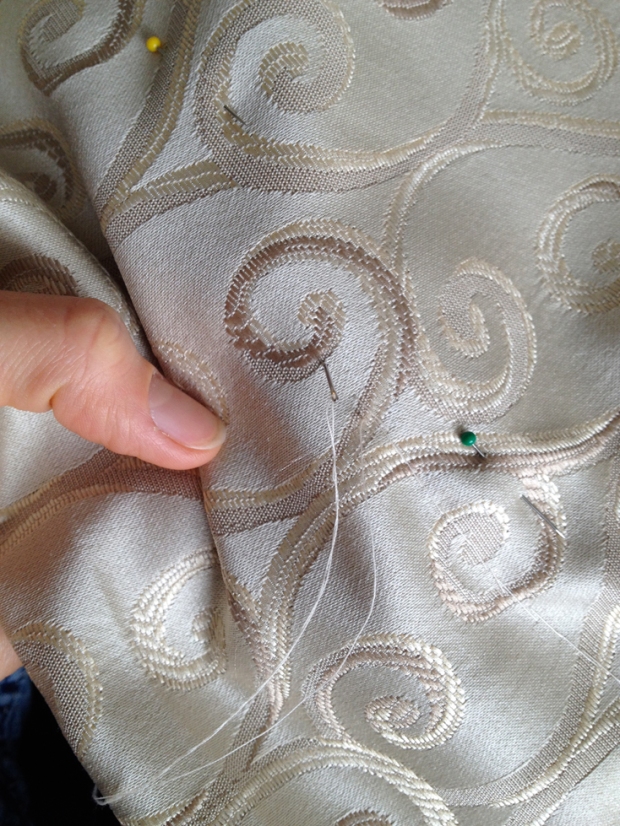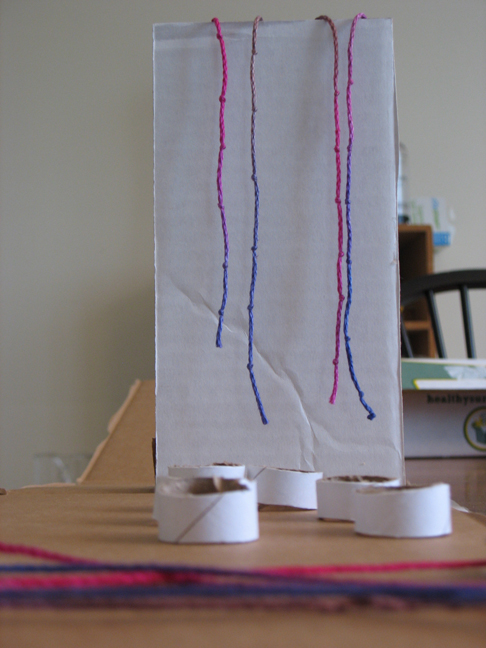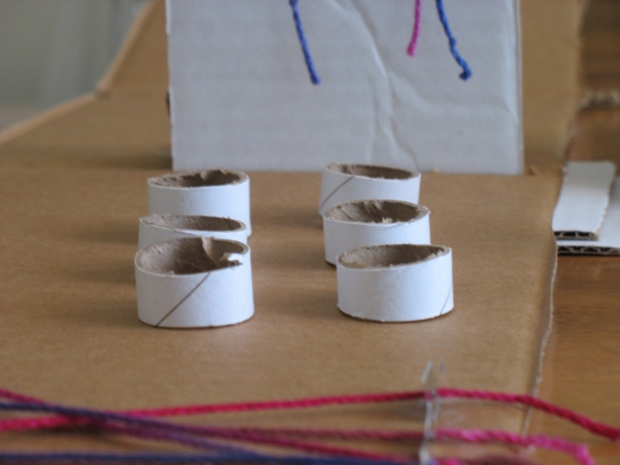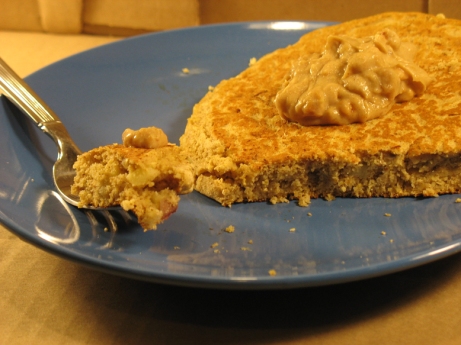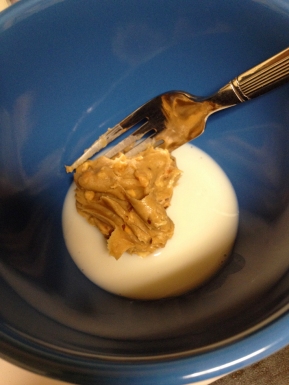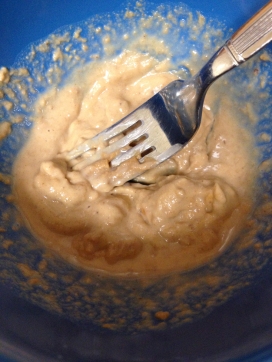I was driving to Baltimore, through the Harbor Tunnel, when I wondered this: how in the world do they build tunnels, with electricity, underwater? So I did a little research.
It turns out tunnels beat out bridges for maintenance, security, weight capacity and distance capacity.
Many older tunnels were built by boring into the rock and earth underneath the water, but the Turkish Marmaray Tunnel, opened in 2013, was assembled underwater, piece by piece. It cost $3.3 billion to build. The engineers chose this method because it better suited the seismic activity in the region, but it’s an increasingly popular method for building underwater tunnels.
When engineers bore into the earth underneath the water to build tunnels, they have to worry about water breaking in to the tunnel they are building. They use a tunneling shield, which slowly moves forward as the people dig through the earth. Yes, people – as in, manual labor. There is a tool called a tunnel boring machine, but it’s immensely expensive and prone to breaking. The shield was inspired by a shipworm, which is in the saltwater clam species.

Tunneling shield, copyright HowStuffWorks.com.

The tunneling shield was inspired by the shipworm, drawn above. Image copyright treehugger.com
But when building immersion tunnels like the Marmaray, engineers don’t have to bore into the rock at all. HowStuffWorks explains it so well that I’m just going to quote them here:
To make each tunnel segment, workers assemble 30,000 tons of steel and concrete — enough for a 10-story apartment building — in a massive mold, then allow the concrete to cure for nearly a month. The molds contain the tunnel’s floor, walls and ceiling, and are initially capped at the ends to keep them watertight as they are transported out to sea.… Once over the pre-dug sea trench, each tunnel section is flooded enough to allow it to sink. A crane slowly lowers the section into position while divers guide it precisely to its GPS coordinates. As each new section connects to its predecessor, a massive rubber piece on its end squeezes and distends to establish a seal. Crews then remove the bulkhead seals and pump out the remaining water. Once the entire tunnel is built, it is buried under backfill and possibly covered with rock armor.
Still, I was curious exactly how the Baltimore Harbor Tunnel came to be, so I did a little more research. In the 1940s, a federal official reportedly called Baltimore the WORST city in the entire USA, as far as traffic was concerned (take that, Manhattan!). So the Tunnel’s opening in 1957 was a major event, because Baltimore was the only route to get from Philadelphia to destinations south. The Tunnel eliminated 51 traffic signals in downtown Baltimore, and reduced a 45-minute drive through the city to 20 minutes. The Baltimore Sun excitedly reported that locals could look forward to not longer getting abused by, “battalions of outlanders whose only acquaintance with the city has been in its capacity as a bottleneck.”
(Incidentally, did you ever imagine that a publication called Toll Road News, to disseminate “news from and about the world of surface transportation tolling” existed??).
It took over two years to build the Harbor Tunnel, and supposedly it cost $130 million to build, with a $14 million financing cost. It was built using the immersion method – they pre-dug a trench underwater and sunk each piece of the tunnel. Each of the 21 sections is 300 feet long! When it opened, the tolls cost 40 cents for cars and 80 cents for trucks. According to the Bureau of Labor Statistics, 40 cents in 1950 is the equivalent of $3.93 today, Since it costs about $4 for cars to go through the Tunnel, the cost hasn’t really risen in the past 65 years!
Another big issue the engineers faced in designing the Tunnel was how to keep the carbon monoxide from building up inside of it, and how to pump in fresh air. So they designed ventilation systems at each end where the Tunnel meets land, and the CO2 levels inside the Tunnel are monitored 24/7.
So there’s a bit of history and some random interesting facts.
